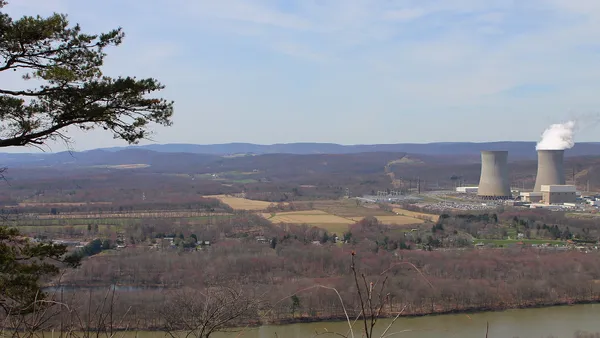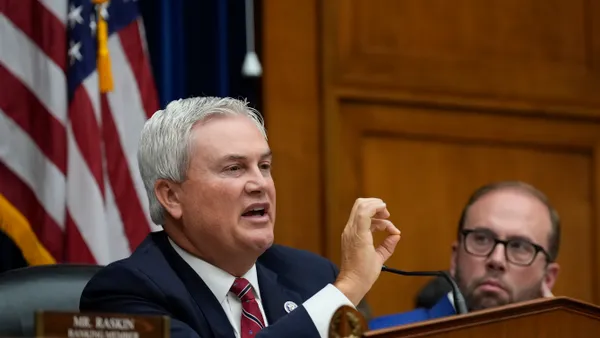Dive Brief:
- Oregon regulators are studying a plan for a cap and trade program that could link a potential Oregon program with similar programs in neighboring states and provinces, ClimateWire reports.
- Staff at the state’s Department of Environmental Quality are eyeing a program that would link to carbon markets with California, Quebec and other members of the Western Climate Initiative.
- The DEQ also will study how a cap-and-trade program would interact with existing programs, including the state's renewable portfolio standard, its clean fuels program and the Environmental Protection Agency’s stalled Clean Power Plan.
Dive Insight:
One of the options for complying with the stalled Clean Power Plan, the Obama Administration’s proposed regulations aimed at curbing CO2 emissions from power plants, would be for a state to join with other states in market based approach to cutting greenhouse gas emissions. If those rules do move forward as now written, Oregon could be ahead of the curve.
A bill to implement a cap-and-trade system did not make it through the state legislature in the session that ended in March, but lawmakers did direct the DEQ to study “a market-based approach to controlling greenhouse gas emissions.”
"This cap-and-trade program needs to be one that would be compatible with the Western Climate Initiative platform," DEQ climate change policy lead Colin McConnaha said at a meeting in Portland, ClimateWire reported.
The bill that died in committee earlier this year, S.B. 1574, would have authorized a cap-and-trade program and directed revenues toward activities that reduce emissions, including road improvements.
But the March budget bill included $230,000 for the state to conduct the study and to identify the type of cap that would be needed to link with other jurisdictions. The legislature also calls for the study of how other jurisdictions' programs control costs for businesses, as well as how existing programs impact disadvantaged and rural communities.
The study would draw on existing research that has informed existing cap-and-trade programs, including California's, the Regional Greenhouse Gas Initiative in the Northeast and the European Union's Emissions Trading System.
Under a 2007 law, Oregon has greenhouse gas targets of 10% below 1990 levels by 2020 and at least 75% below 1990 levels by 2050. The state's emissions peaked in 1998 at 72 million metric tons. Emissions in 2014 were roughly 7% above 1990 levels, at 60 million tons.












